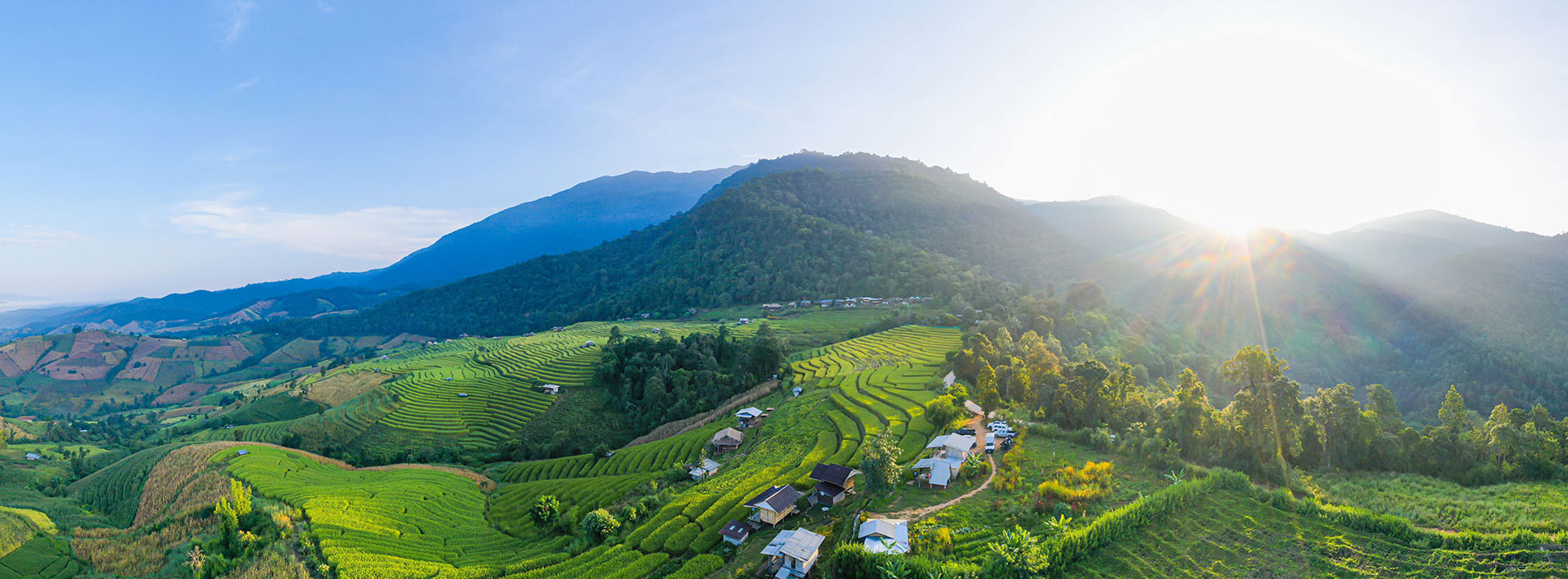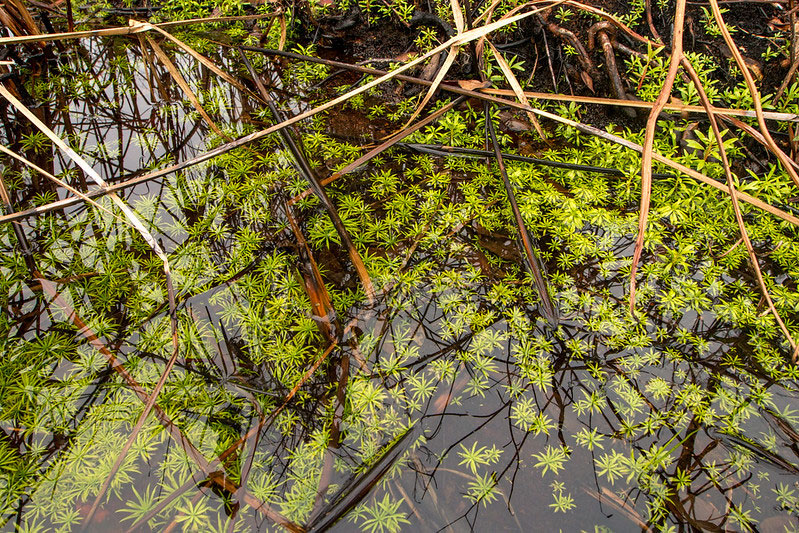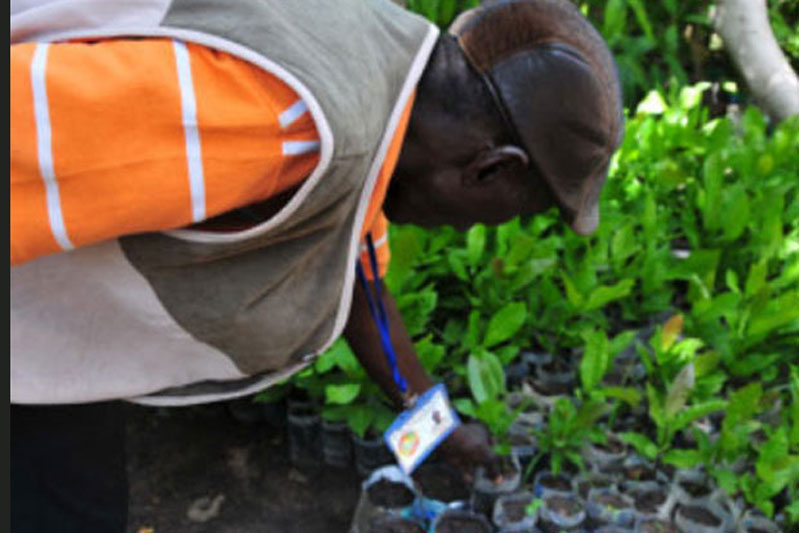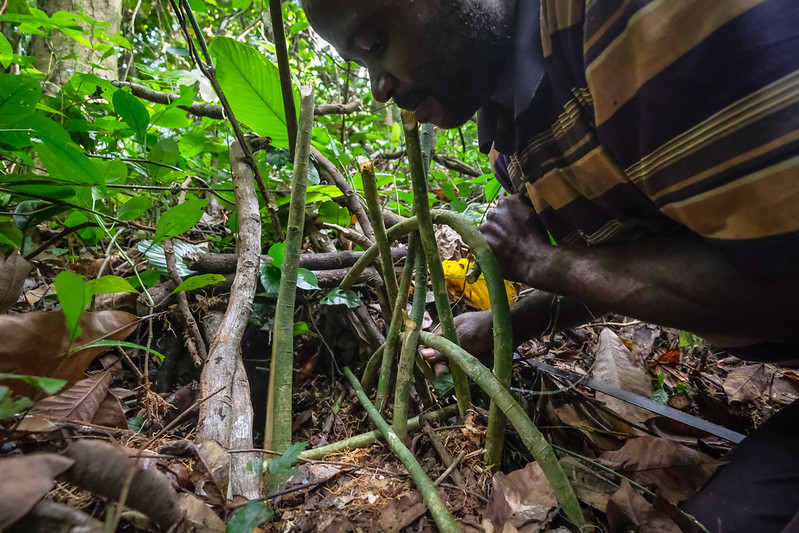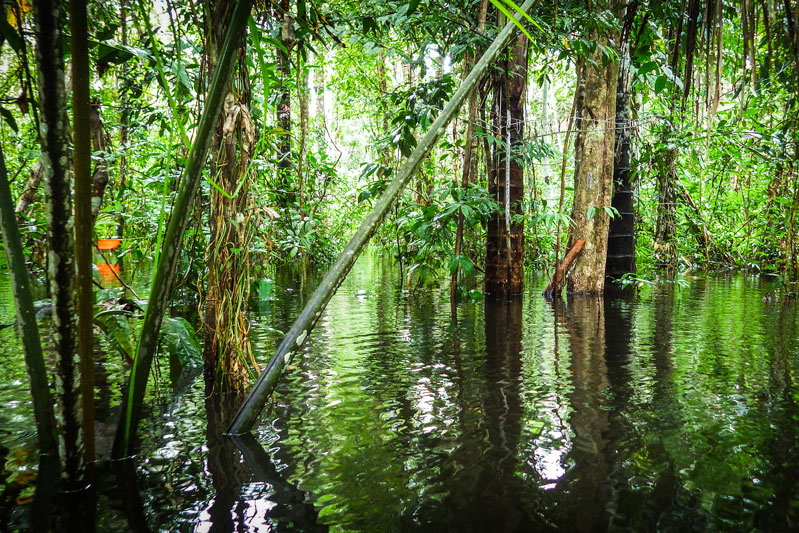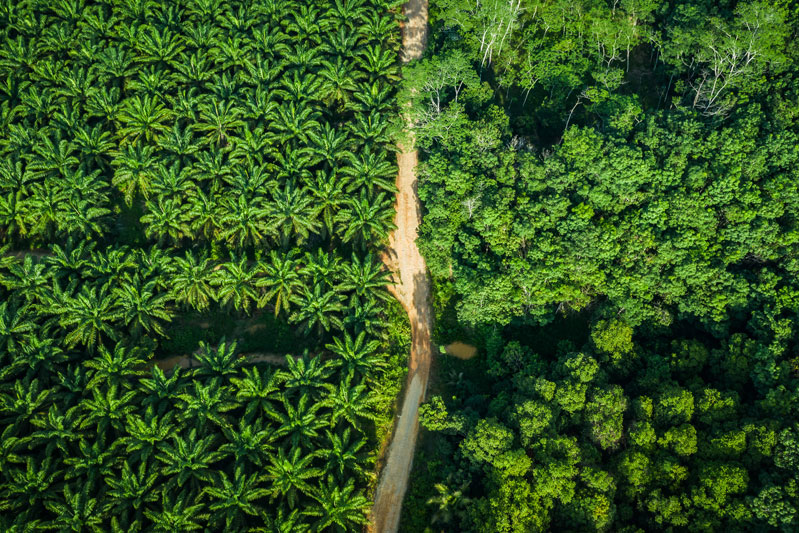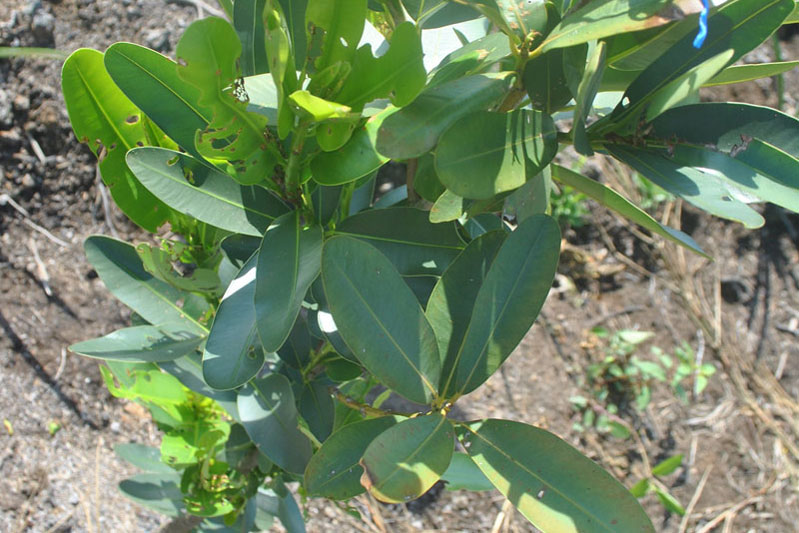Special feature
WHY DO CLIMATE, NATURE AND PEOPLE MATTER?
The climate is in crisis and nature is responding. Plant and animal species unable to adapt are going extinct, and some ecosystems are collapsing. Humans are part of this delicate balance. We must work with nature rather than against it, and transform our destructive ways into creative solutions. The time is NOW.
Right now, the planet needs nature-based solutions. Here, we showcase approaches developed by CIFOR-ICRAF researchers in close collaboration with our partners.
We encourage you to explore these solutions with a critical eye, and put your energy into those that most resonate with you and your community.
One world, one health. Climate. Nature. People.
at the COP26 climate summit in Glasgow.
The challenges and their solutions

Challenges
To meet the Paris Agreement targets, countries need to remove a billion tonnes of CO2 from the atmosphere by 2025 and more than one billion tonnes annually thereafter. But the current pipeline of climate change mitigation projects in development can remove only around 150 million tonnes of CO2 by 2025 – well short of what’s needed.
Solutions
Nature-based solutions provide effective ways to increase carbon storage, while also promoting sustainable economic development.
Natural carbon sinks

Wetlands
Wetlands, including peatlands, mangrove forests and seagrass meadows, are among the most carbon-rich landscapes on Earth, storing 3–5 times more carbon than other tropical forests.

Mangroves
In Indonesia blue carbon could help reduce emissions by as much as 200 million tonnes of CO2 annually – the equivalent of 30% of its emissions from land.
How can we apply nature-based solutions?

Climate-smart agriculture
In Viet Nam, farmers using climate-smart agricultural methods boosted their rice yields by 9–15%, and used 70–75% less seeds, 20–25% less nitrogen fertiliser and 33% less water. Many countries also report that climate-smart agricultural methods reduce emissions by 20–62%.

Agroforestry
Storing an average of 8.4 tonnes of carbon per hectare per year, at a global level agroforestry could sequester 8 billion tonnes of carbon per year – equivalent to 40% of a decade of fossil-fuel emissions from UK, Germany, France and Canada combined, in the 2010s.
TIME FOR ACTI  N
N
OUR ACTIONS TO ADDRESS THE CLIMATE CHANGE CHALLENGES
FOREST MANAGEMENT
REDD+ and deforestation – various countries in the Global South
CIFOR-ICRAF has been successfully informing governments on the design of policies to reverse deforestation and forest degradation in tropical countries.
Climate-resilient economy
Ecosystem-based adaptation – climate-resilient, natural resource-based economy for Africa
Co-existence of natural conservation and economic growth is proving possible in Gambia, which serves as a model for the rest of the continent.
CARBON MONITORING
SWAMP and blue carbon – various countries in the Global South
The Sustainable Wetlands Adaptation and Mitigation Program has been providing evidence for development of policies on adaptation and mitigation, arguing the case for ‘blue carbon’.
Energy and climate
Bio- and renewable energy – various countries in the Global South
CIFOR-ICRAF is harnessing renewable energy by exploring bioenergy sources for food production and environmental conservation in Sub-Saharan Africa and Southeast Asia.
Partnership initiatives
Landscape Partnership Asia
The Landscape Partnership Asia, the region’s largest restoration initiative, will contribute to efforts to restore economic and environmentally productive functions to drylands and drought-prone areas to achieve national and global targets for food security, climate mitigation and adaptation, biodiversity conservation, social equity, bioenergy, governance and economic growth. Focusing on preventing more land degradation, storing substantial amounts of carbon and increasing biodiversity, the Partnership is inviting organizations to join with the founding partners: Asian Forest Cooperation Organization, CIFOR-ICRAF and Global EverGreening Alliance.
Coalition of Action 4 Soil Health
CIFOR-ICRAF is involved in the Scientific Group in Action Track 3 on nature-positive production with focus on agroecology, soil, nutrition and stakeholder engagement. Specifically, CIFOR-ICRAF is co-leading the Coalition of Action for Soil Health: The Global Soil Hub. CIFOR-ICRAF nalso contributes to independent side events of the UN Food Systems Summit.
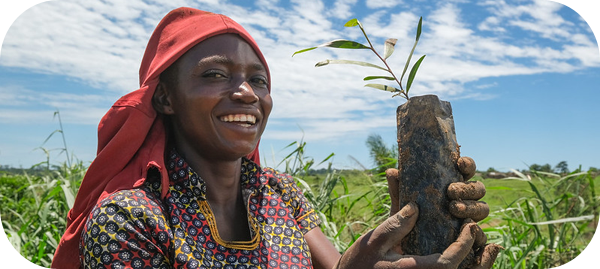
![]()
Join our community
Be part of a growing movement of restoration and climate champions around the world


